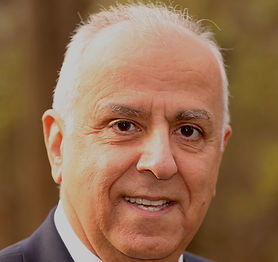
design optimization, prototype construction, programming, modeling & simulation
Please note: This stream will be ending at the end of 2023.
WHAT WE DO
Key Points:
-
Design optimization.
-
Design solutions for different design problems, goals, and contexts.
-
Exploring alternative design methodologies for a single problem.
Detailed Description:
Often when a new part or product is designed, precise operating conditions are assumed. The real world, however, is messy, random, and chaotic: manufacturing equipment has errors, human operators err, weather is never quite how we predict, etc. So the designer despairs.
No.
In this stream, we explore techniques that combine analytical and numerical design methodologies with prototyping and experimentation. Students will learn how to parametrize a design, optimize, prototype, and manufacture while examining the ways that uncertainty and randomness show up.
WHY IT MATTERS
Key Points:
-
Design skills are important to nearly all fields and disciplines.
-
Design involves managing uncertainty while exploring all possible options and solutions.
-
Efficient and effective design saves time, saves money, and enables solutions to function better and longer.
Detailed Description:
Design is present in many different fields, particularly engineering, but the concept of making something or making something better to solve a problem is ubiquitous.
In the same way, there is uncertainty in everything we do. Sometimes it can be ignored, and sometimes it can be avoided in a generalized way (e.g. making parts “twice as strong as they need to be”). As we push for greater performance (faster planes, more fuel-efficient cars, lower waste products) uncertainties need to be more carefully identified, studied, and incorporated into the design process minimizing the impact.
WHAT YOU LEARN
Key Points:
-
Technological environments such as Matlab, Python.
-
Toolboxes previously developed for design optimization problems.
-
Physical methods: 3-D printing, laser cutting, manufacturing.
Detailed Description:
Design parametrization, optimization software, laser cutting, 3-D printing, robust design principles, and uncertainty mitigation.


